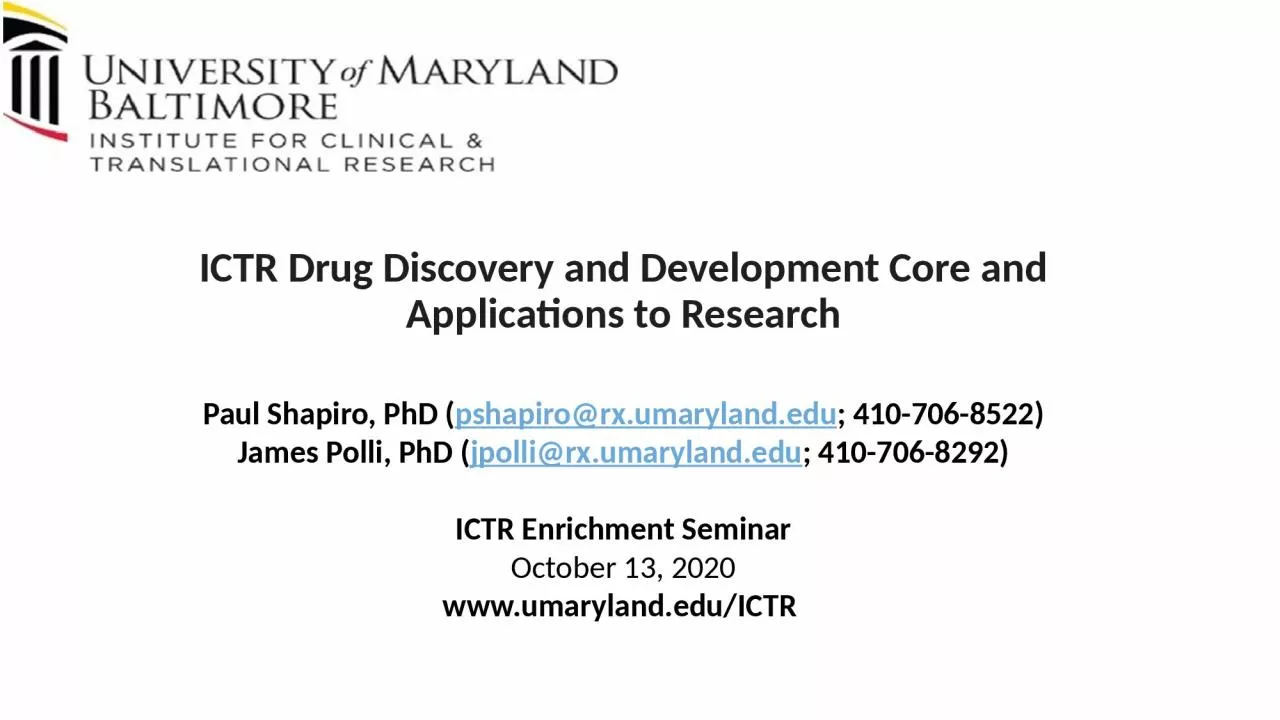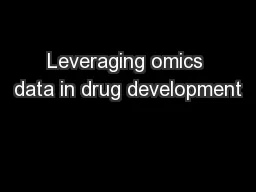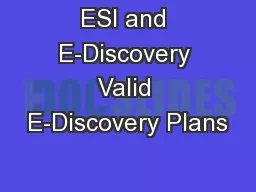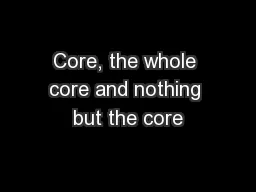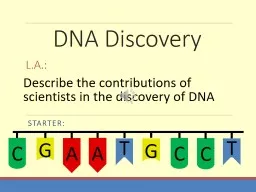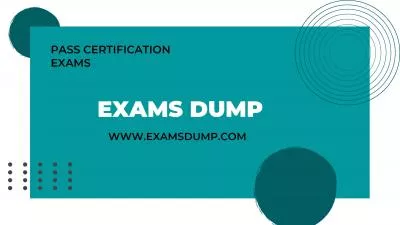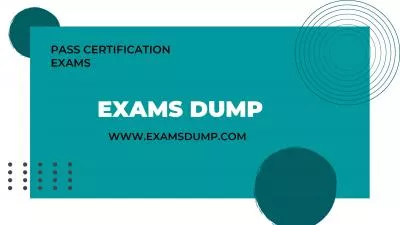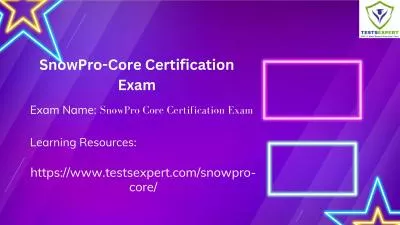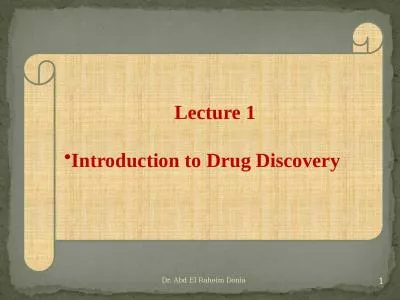PPT-ICTR Drug Discovery and Development Core and Applications to Research
Author : morgan | Published Date : 2022-06-28
Paul Shapiro PhD pshapirorxumarylandedu 4107068522 James Polli PhD jpollirxumarylandedu 4107068292 ICTR Enrichment Seminar October 13 2020 wwwumarylandeduICTR
Presentation Embed Code
Download Presentation
Download Presentation The PPT/PDF document "ICTR Drug Discovery and Development Core..." is the property of its rightful owner. Permission is granted to download and print the materials on this website for personal, non-commercial use only, and to display it on your personal computer provided you do not modify the materials and that you retain all copyright notices contained in the materials. By downloading content from our website, you accept the terms of this agreement.
ICTR Drug Discovery and Development Core and Applications to Research: Transcript
Download Rules Of Document
"ICTR Drug Discovery and Development Core and Applications to Research"The content belongs to its owner. You may download and print it for personal use, without modification, and keep all copyright notices. By downloading, you agree to these terms.
Related Documents

